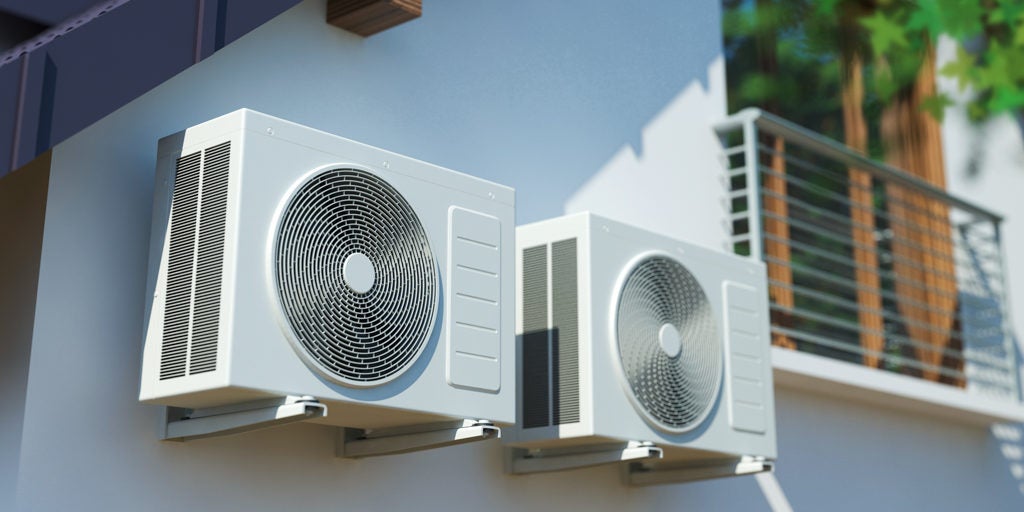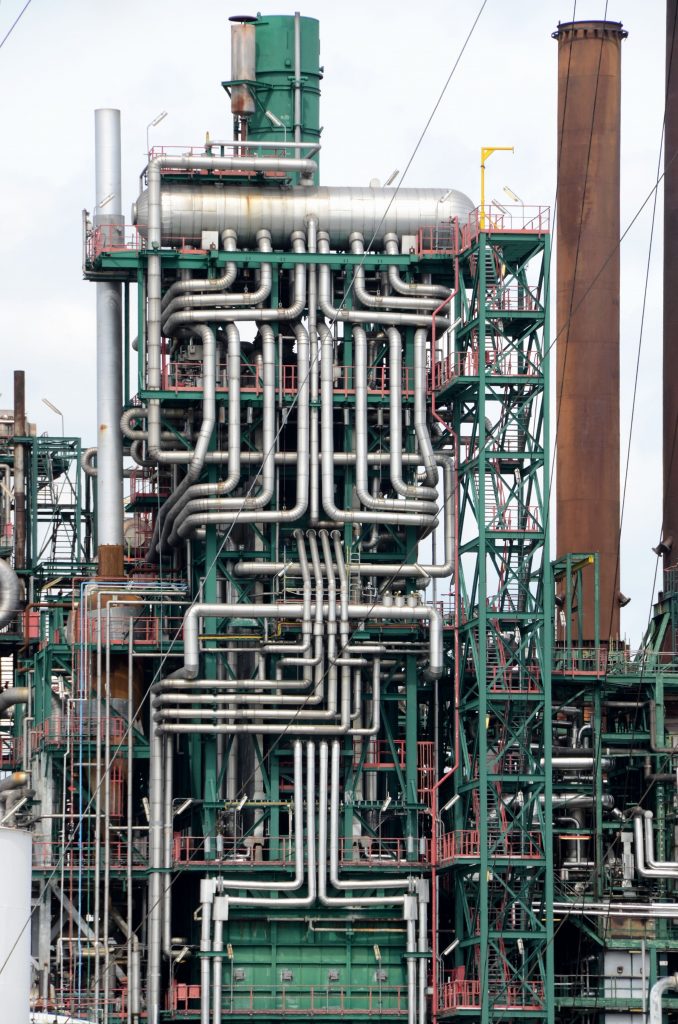In today's rapidly evolving world, the significance of integrating modern mechanical, electrical, and plumbing (MEP) systems into older buildings cannot

HVAC or better known by its full form; Heating, Ventilation, and Air Conditioning. Good HVAC design provides individuals with comfort and better life quality. It creates and maintains an efficient and effective environment and helps humans to survive in adverse conditions.
The requirement of Heating, Ventilation, and Air Conditioning (HVAC) system design is an unquestionable requirement for basic regions like Control rooms, Electronic Equipment Rooms, switchgear lobbies, Battery rooms, workshop regions, and so on in a petrochemical plant.
Air conditioning frameworks are planned after essential standards of thermodynamics, heat, and liquid mechanics.

The primary motivation behind the HVAC framework is to change and change the outside cools to the ideal states of involved structures for accomplishing warm solace of inhabitants.
Outside air is drawn inside the structures and either warmed or cooled relying upon the open air condition. The air is then dispersed into the consumed spaces.
Good HVAC design can be game-changing, thus you must partner with good design & development firms like InnoDez to achieve great success.
HVAC Systems: What Are The Key Objectives?
The Primary Intent of the HVAC framework’s mechanical design is the Comfort of inhabitants. Other significant targets are
Inside the state of 21–24 °C and 50–60 % Relative Humidity is generally tolerable and immaculate air.
Likewise, good HVAC design can not repay all alone, for the inherent wellbeing configuration highlights like underlying strength, coatings, region isolation, fire insurance frameworks, and so forth It just guides the well-being interaction.
HVAC Systems: Critical Components

The heating and air conditioning system comprises multiple critical components that work in tandem to function. That is the reason when one component fails, the others more often than not follow suit. Here’s a fundamental breakdown of all those critical components of your Heating, Ventilation, and Air Conditioning (HVAC) system design:
In Conclusion: What Is The Benefit of Having A HVAC System?
The mechanical design of HVAC systems is responsible for supporting much of modern-day life. So much so that it is quite unimaginable to think about the modern world without HVAC systems. The life of comfort that we all live in today’s time, would have been impossible without them.
Not only do they improve living conditions, but good HVAC design also helps protect the home & health from elemental problems such as dust & humidity.
Having good indoor air quality is directly linked to having higher levels of productivity and drastically reduced levels of stress. Ergo, having a stellar Heating, Ventilation, and Air Conditioning (HVAC) system design is non-negotiable for a good life!
About Author
Fate Ol